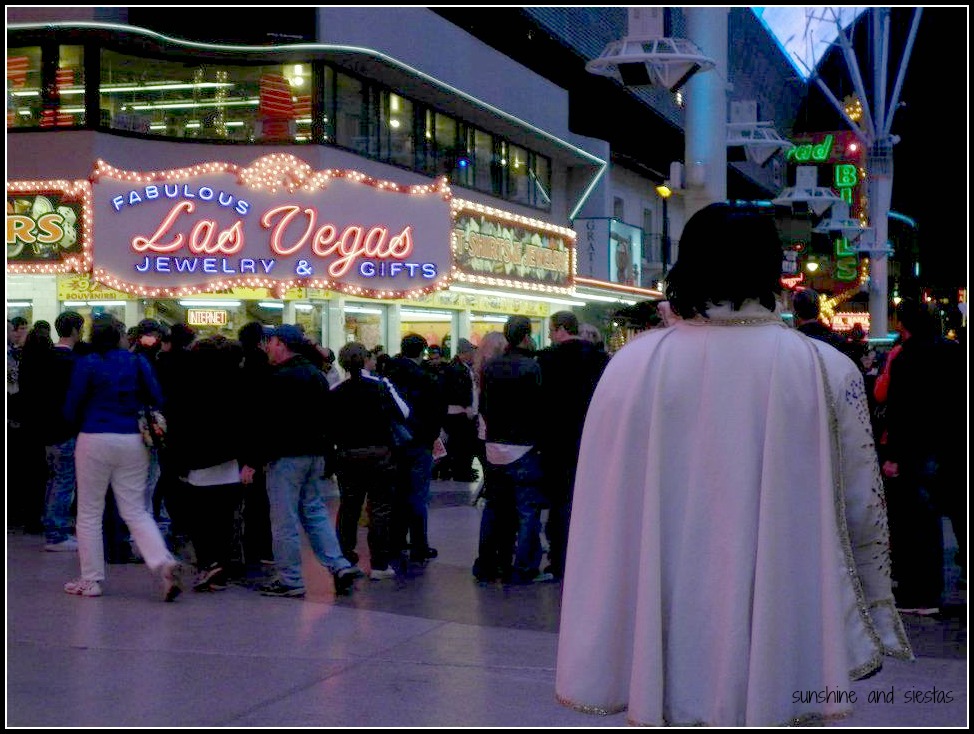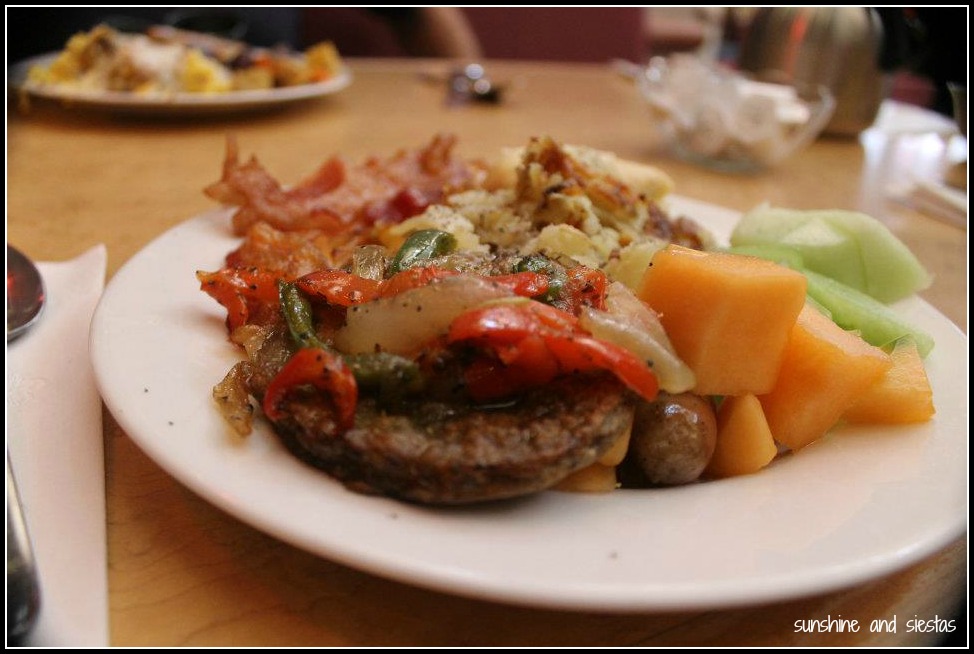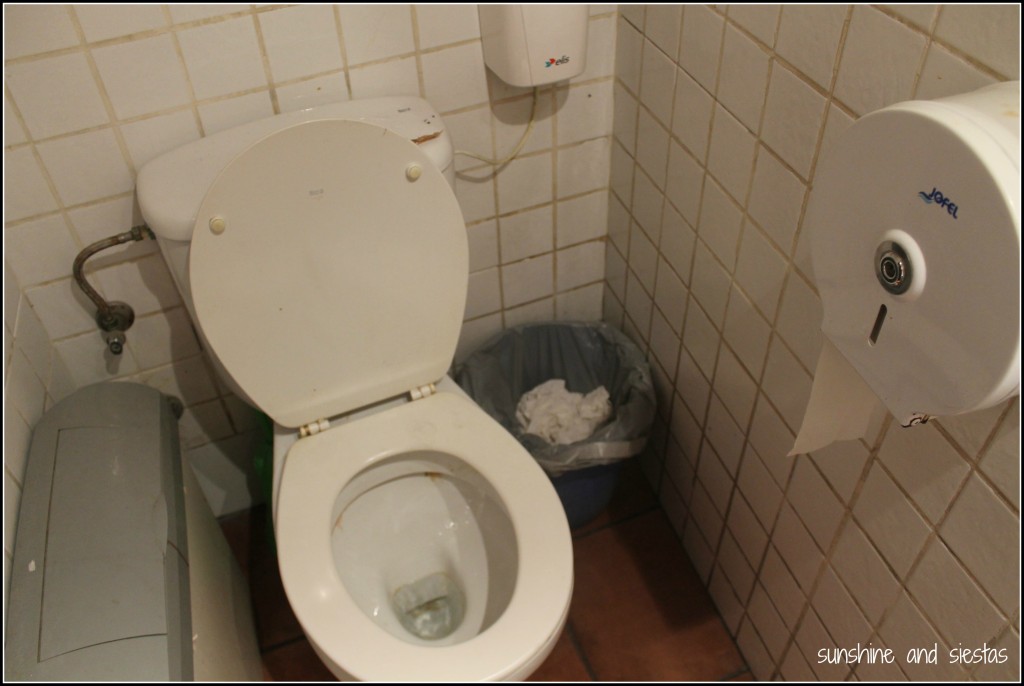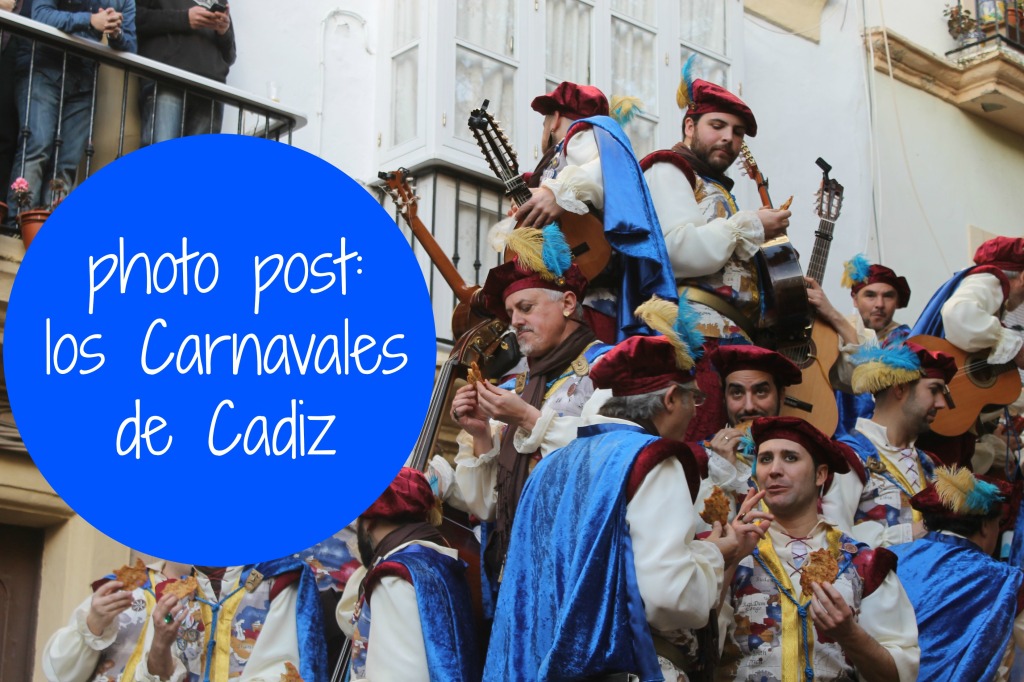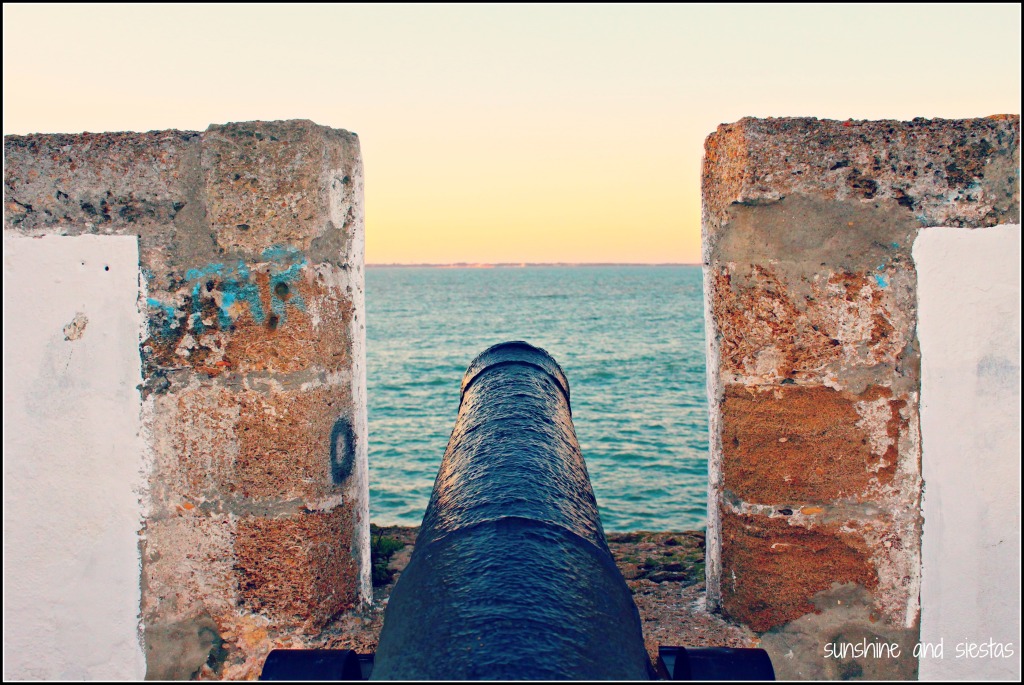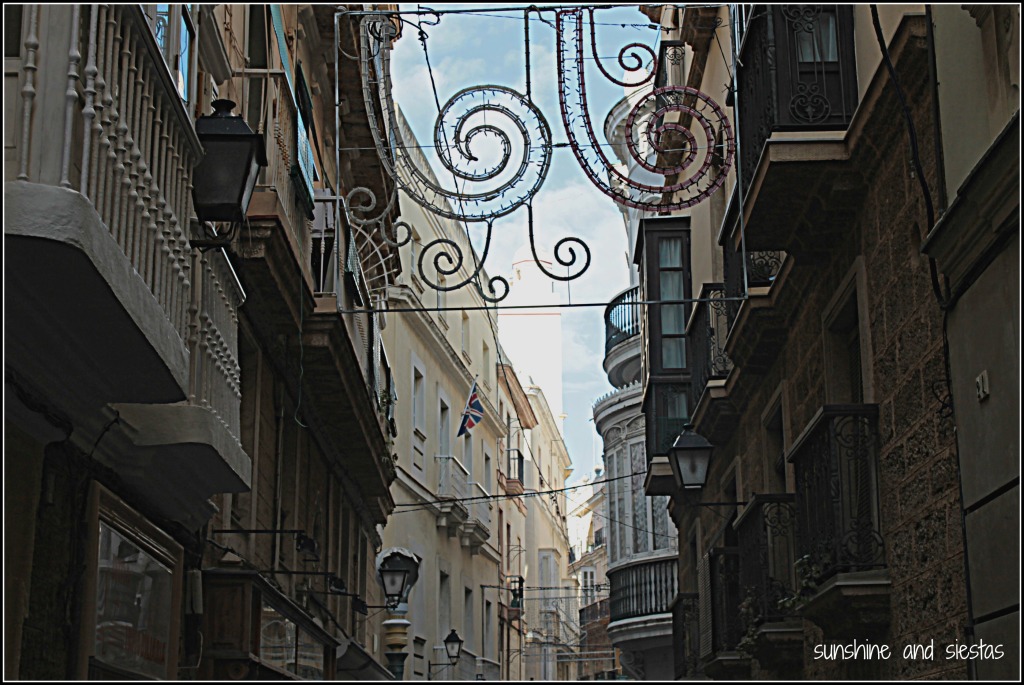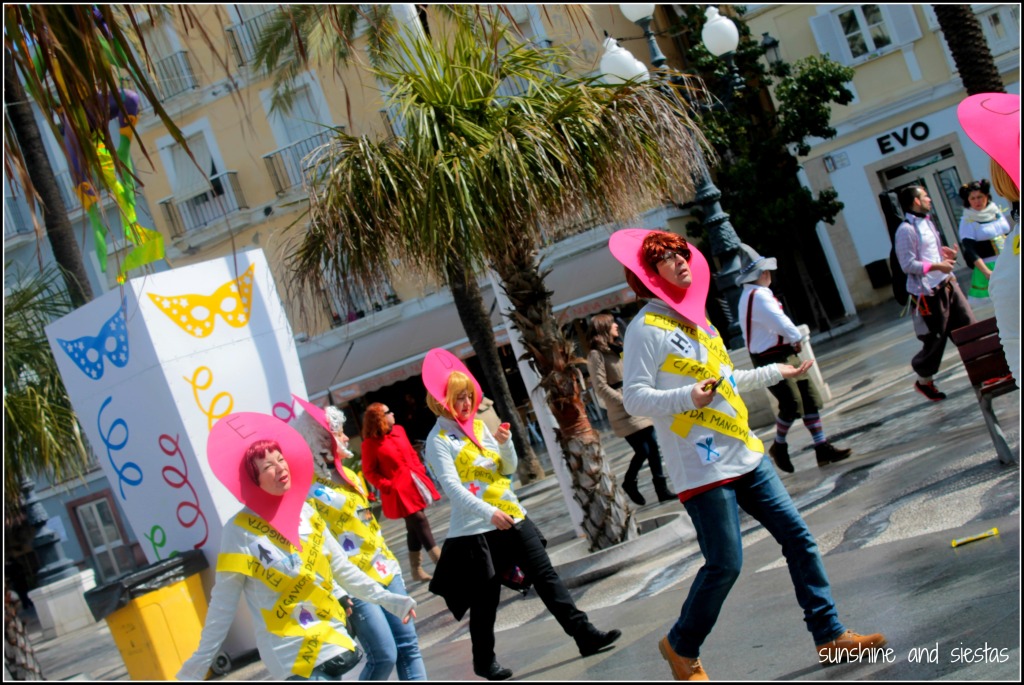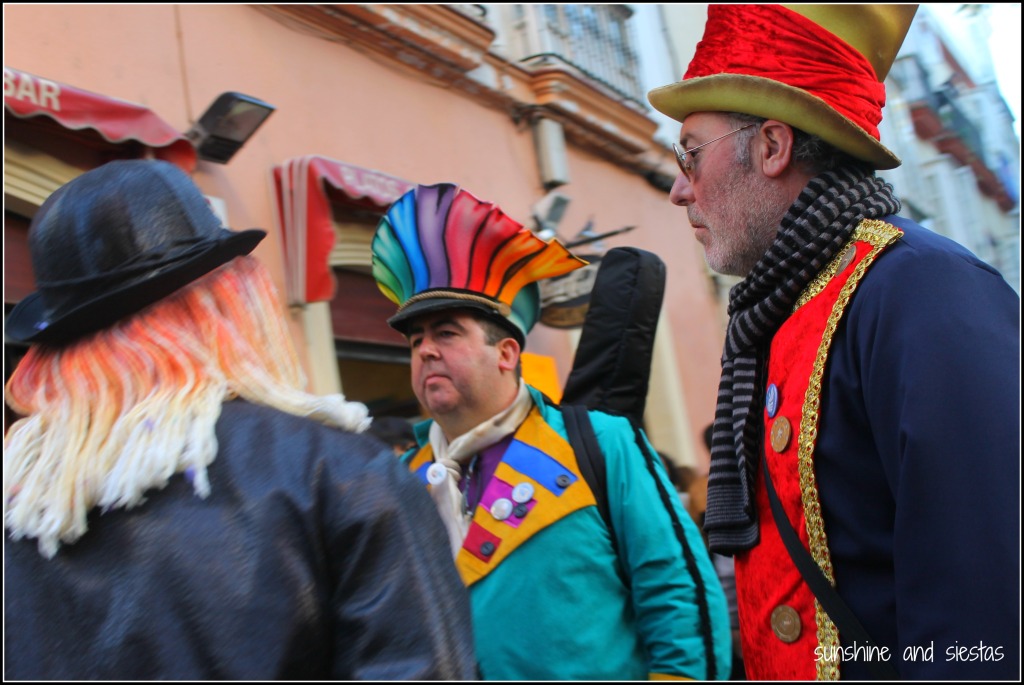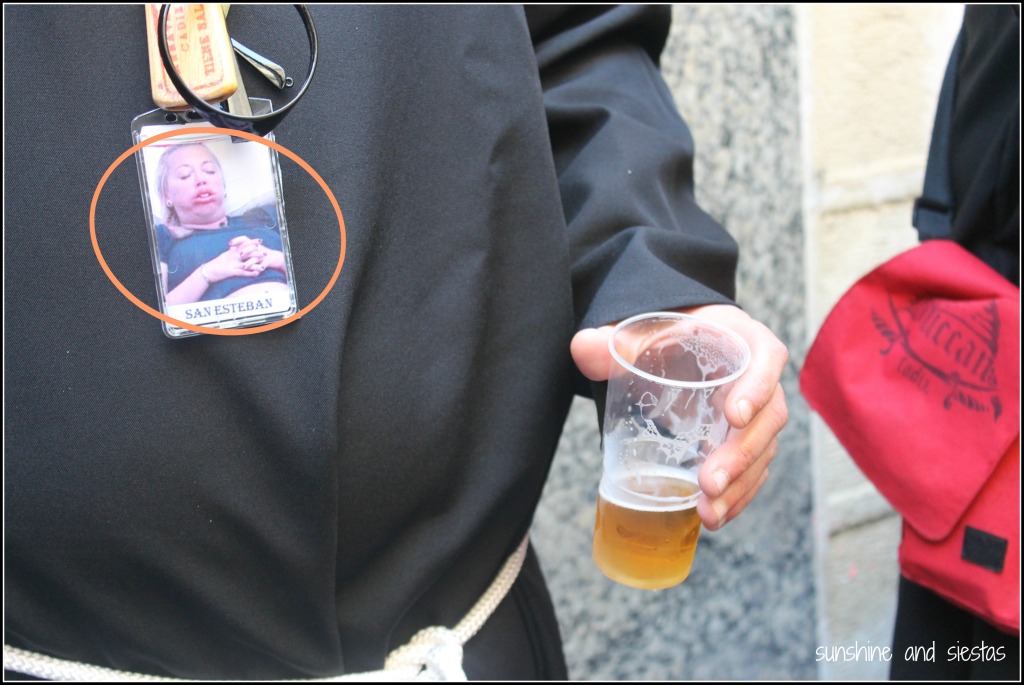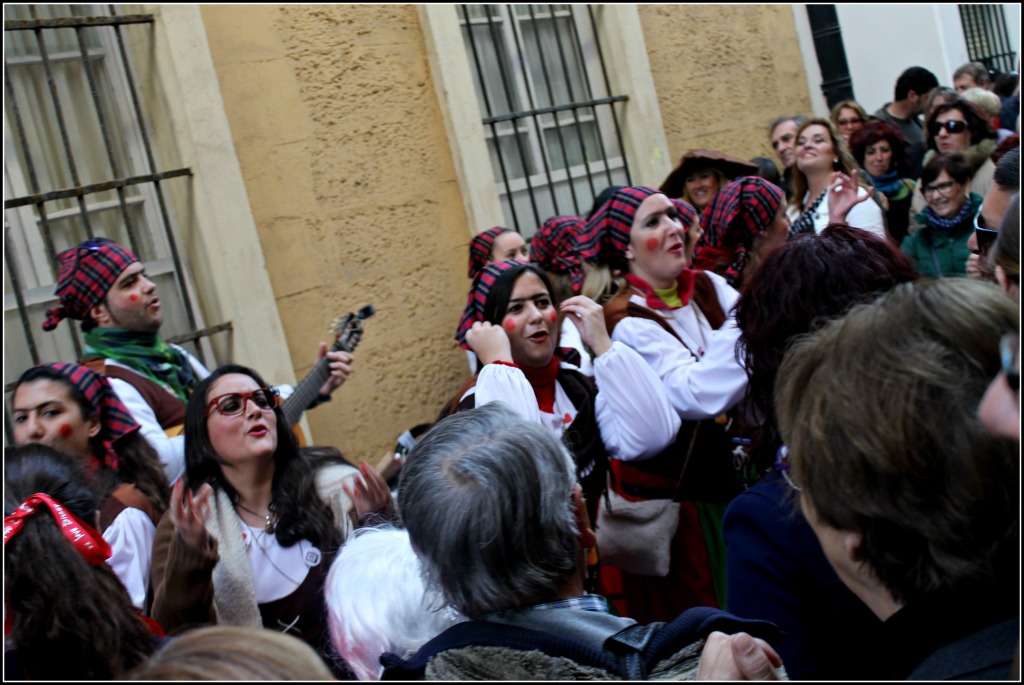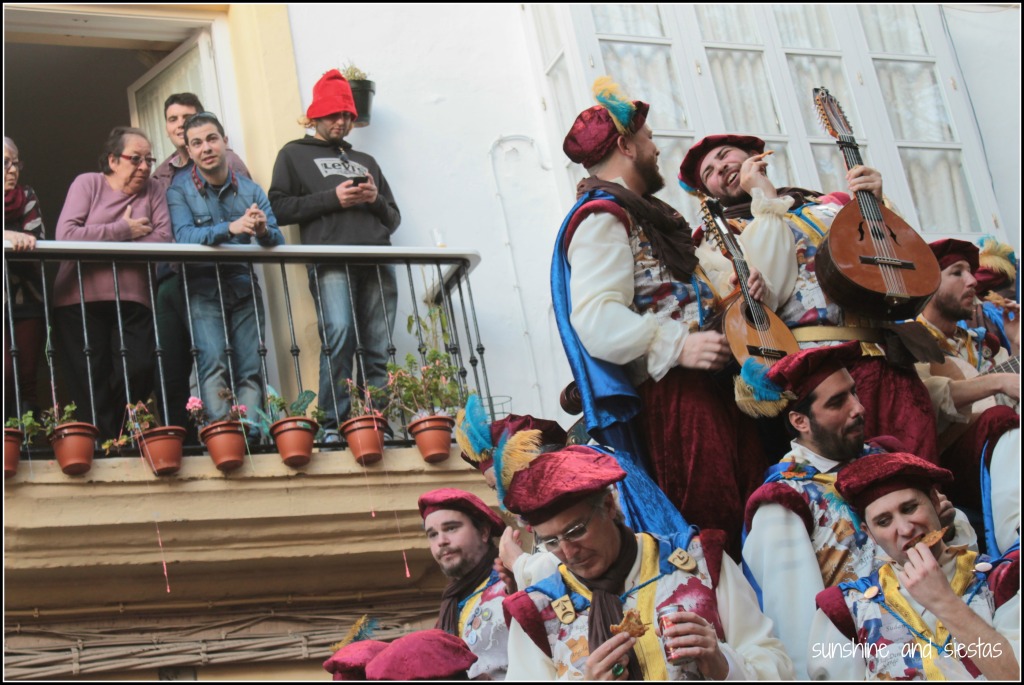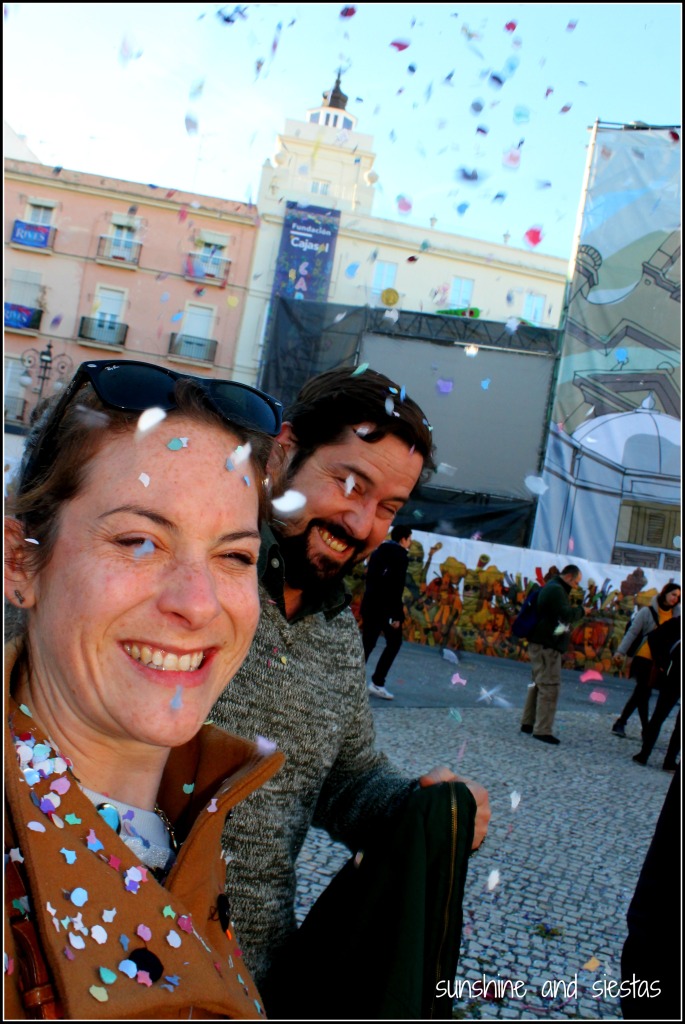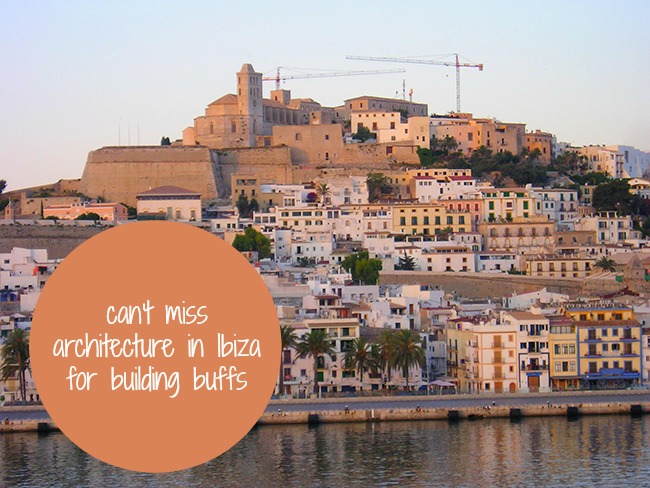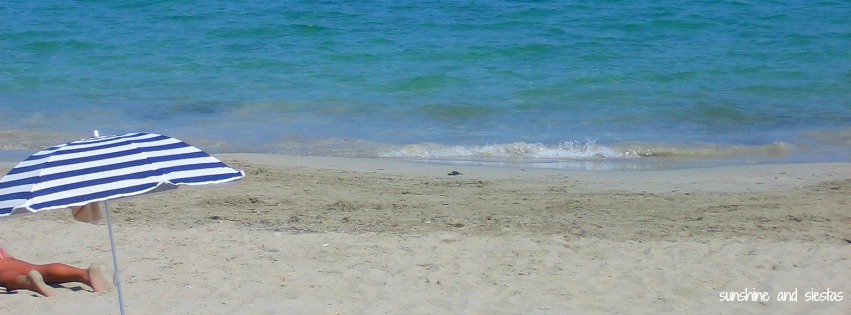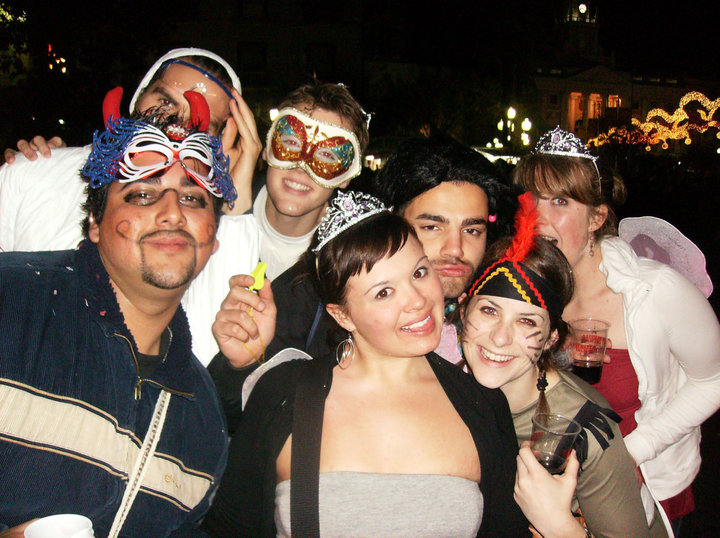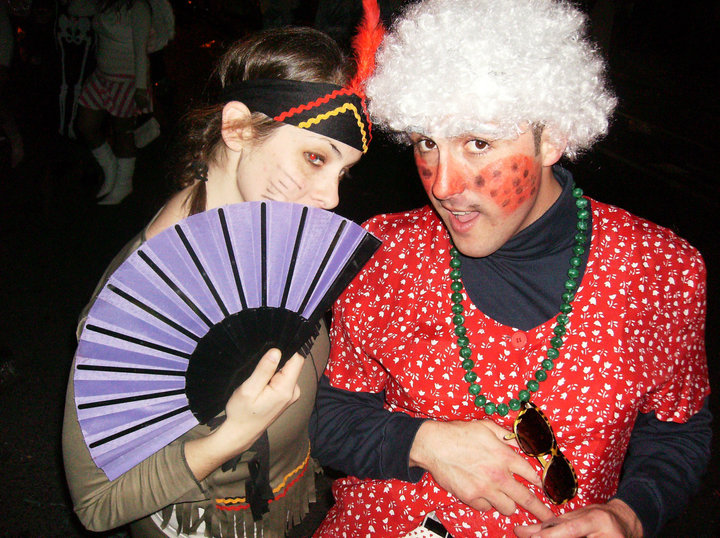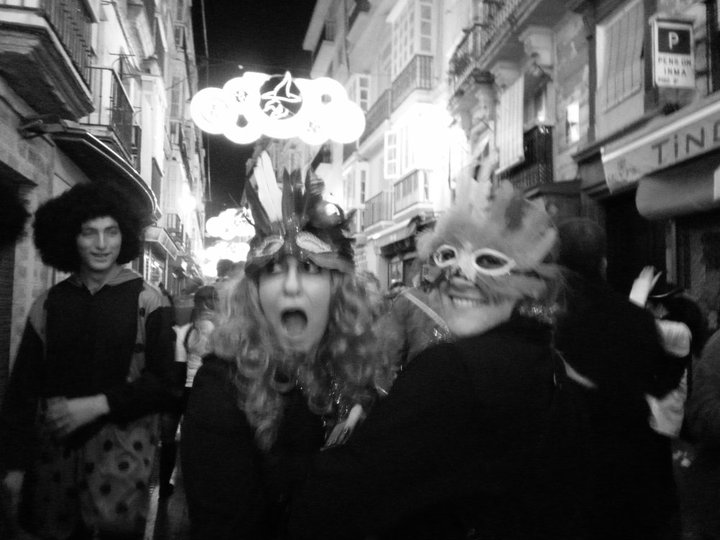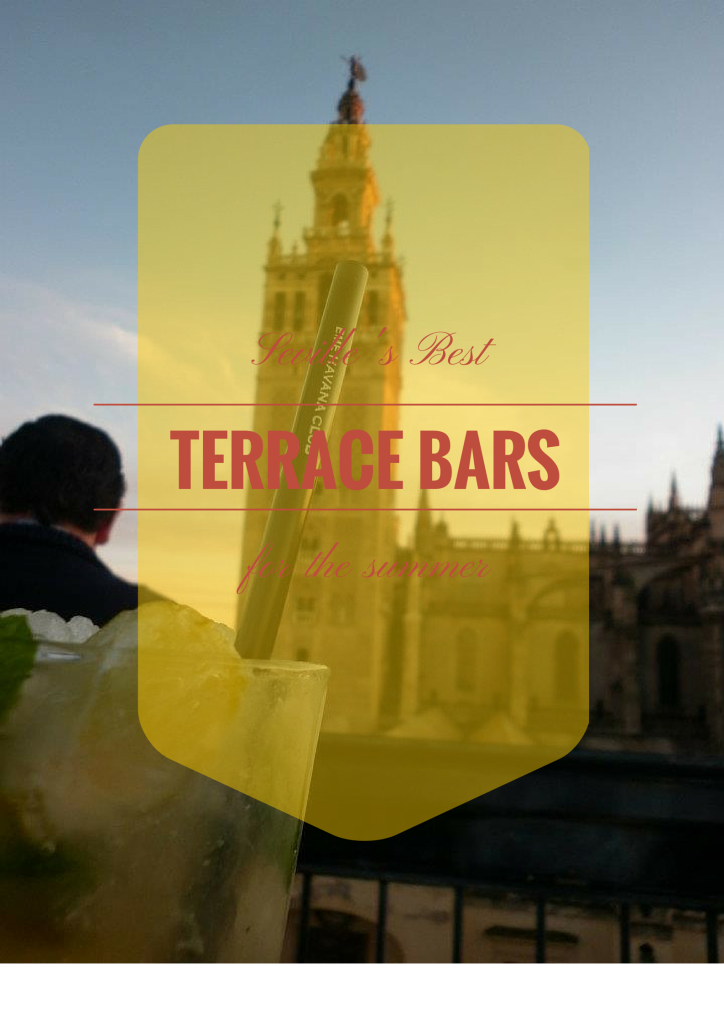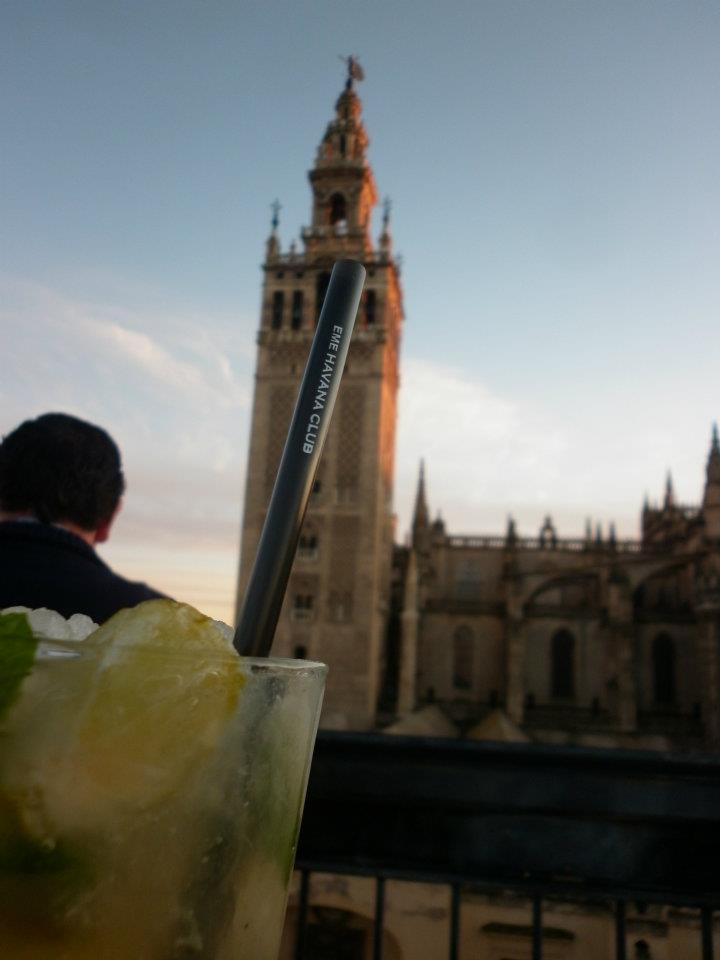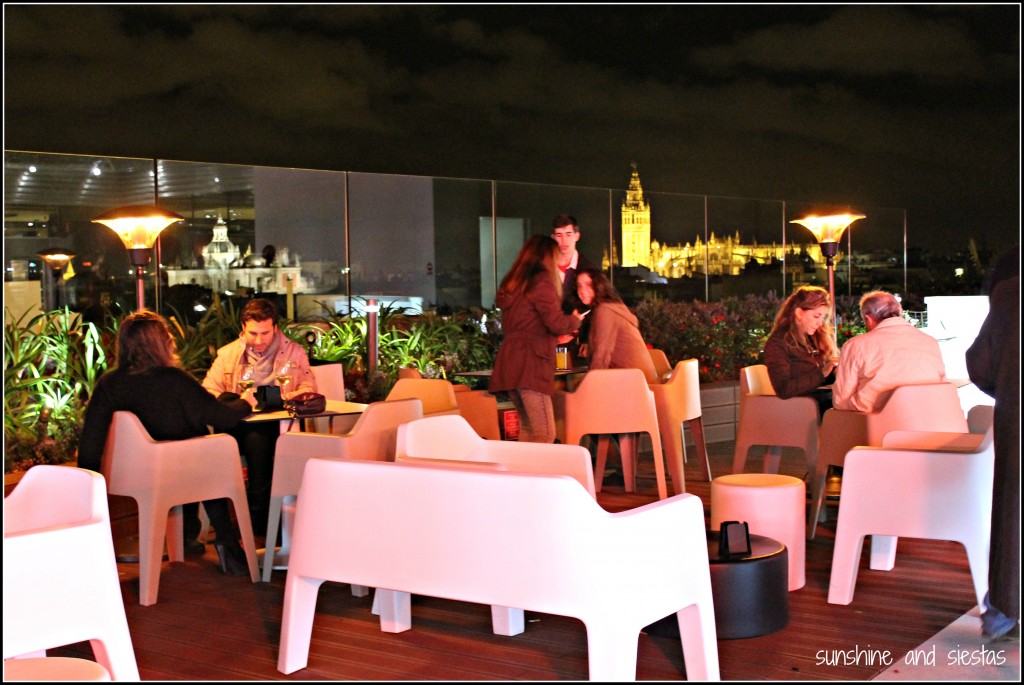I have friends who swear by visiting Vegas once a year (I’m from Chicago – who could blame us when winter descends?). When my family went for a second time during Christmas a few years ago, we did it the right way: we camped out at the Flamingo and everyone was over 21, a far cry from a Motel 6 overnight where we had to stay at least 10 feet away from the slot machines. On our way to Mammoth Lakes to ski, we missed our chance to see the attractions in Las Vegas.
Our Vegas sojourn was brief – just two nights sandwiched between the Grand Canyon and a trip to see my snowbird grandparents – and included a night of pure hedonism with my sister and our boyfriends. A hazy gambling session at the Imperial Palace. Hitting the jackpot on a slot machine and winning $640.50 (which I put towards purchasing Camarón). A round of Jägerbombs. Feeling less than splendid the following day when we explored the non-gaming attractions.
Vegas may be an adult playground, but there is far more to do than you think – and these attractions won’t break the bank.
Visit the Hoover Dam
I was not feeling my best when we took an hour-long trip down Route 93 back towards Arizona to see the Hoover Dam. A feat of engineering that lead to Las Vegas’s incorporation, construction on the hydroelectric dam – then called the Boulder Dam – began in 1930. I was hungover and grumpy, and I didn’t feel much like looking at a bunch of stone for a morning.
But the Hoover Damn wowed me. From the Art Deco design to the sheer power of a structure built nearly a century ago, it was worth the trip. The Hoover Dam can be visited every day but Christmas and Thanksgiving from 9am. Parking is $10 and tours run $15 for adults and $12 for seniors, children under 17 and military.
You can also get a glimpse simply by driving the 93 over the Hoover Bypass between Nevada and Arizona (cue the Fools Rush In screens stills).
Check Out Old Vegas
As a History Channel follower, my dad has always been fascinated by the history of Vegas, from a small town on a major railway just a century ago to the building of the Hoover Dam and its subsequent boom – did you know that the casinos and nightclubs catered to the predominately male contraction workers? Or that the Nevada state government legalized gambling as a way to turn profits?
Old Vegas, located on Fremont Street just east of the Strip, boasts some of the city’s first casinos, announced by vintage neon signs, and a little less hedonism than the more famous Las Vegas Boulevard. There are also less seedy street performers and cheaper buffets. If you do gamble here, payouts are more frequent than the other big-name resorts.
Take in a Show
Entertainers have long set up shop in Vegas, from the Rat Pack to Celine Dion and Britney Spears. Casinos rake in big money by hosting Broadway shows, and while it’s not New York, Vegas is an awesome venue for catching a show.
Ever since working on my high school’s costume and makeup crew, coupled with a yearly tradition of seeing Broadway in Chicago with the women in my family, I’ve been fascinated with the Lion King Musical. I missed the opportunity to see it in Madrid, but my dad took us to see the smash musical at the famed Mandalay Bay Casino. And I cried (the Novio fell asleep).
Apart from the big money win, it was the highlight of our trip.
Chow Down at a Buffet
My one memory of a Vegas trip at age 15 (apart from my early-bird-gets-the-worm father arriving at 8am with a plastic cup full of quarters) was the dinner buffet we ate. My parents let us eat jelly beans out of ice cream dishes and as many chicken fingers as we could stomach before collapsing into a food coma at the Motel 6.
Buffets have been around in Vegas for as long as its casinos. El Rancho Casino, the first resort built on the Strip, used its gourmet buffet as a way to defray costs, and because Las Vegas is home to a culinary revolution, and you can find everything from cutting-edge cuisine to fried chicken in buckets nowadays. We chose a hearty breakfast buffet at our resort before a long drive back to Arizona. It didn’t come cheap – we paid $45 per person – but as someone who misses weekly brunches, it was worth it.
Vegas.com lists Wicked Spoon at the Cosmopolitan as its top pick (as does a college friend who calls Vegas home), with Bacchanal (Caesar’s Palace) and Studio B (The M) as its other favorites. All three offer different types of cuisines, ample seating and unlimited helpings.
Pay Homage to the City Lights at the Neon Museum
In its short history, Vegas has shone brightly – and I don’t just mean the lights from its casinos. But many of the iconic resorts that lead to the city’s boom have since been bulldozed to make way for newer constructions, and nearly 150 signs have been restored and laid to rest in a Neon Boneyard at the Neon Museum.
Housed in the former lobby of La Concha Casino, the mandatory tour takes visitors to the Neon Boneyard and North Gallery and past signs from haunts of Vegas past. A guide narrates the tour, painting a picture of Old Vegas and how its legacy shaped the City of Sin today.
If possible, nab entrances for a night tour. Tickets run $18 for adults.
Have you ever been to Vegas? What are your favorite things to do?


